Are you searching for the best sweet potato seeds for sale in Kenya? Also known as “Ngwaci” or “Viazi tamu” in local dialects, the tuber vegetable is a popular crop in Kenya. It is grown for its nutritional tubers, planting seeds or animal fodder. If you want the best yields, you have to grow the best variety for your region and soil type.
According to the KEPHIS National Crops Variety 2020 List, Kenya has 32 sweet potato varieties. The most popular cultivars are Kemb 10, Kemb 20, KSP 20, KSP 47, KSP 72, KSP 84, and KSP 154. Those varieties are known for their high yield, good marketability, and tolerance to pests and diseases.
Apart from the above varieties, there are also several indigenous sweet potato varieties in Kenya. They include the Mtwapa 8, Bungoma, Gikuyu, Kalam Nyerere, Mugande, Nyakabondo, Nyakathuri, and Nyawo/Amina/Misambi These varieties are known for their high yield and good marketability.
- Types of Sweet Potato in Kenya
- How do you choose the best Sweet potato seeds?
- Which are the top sweet potato varieties in Kenya?
- Best sweet potato Varieties for Fodder production
- FAQS
In this post, get a list of the best sweet potato varieties in Kenya. We have categorised them into the most popular, best indigenous and fodder varieties. For your selection criteria, the guide gives you each variety’s yield potential, maturity period and best altitude or region to grow it.
Types of Sweet Potato in Kenya
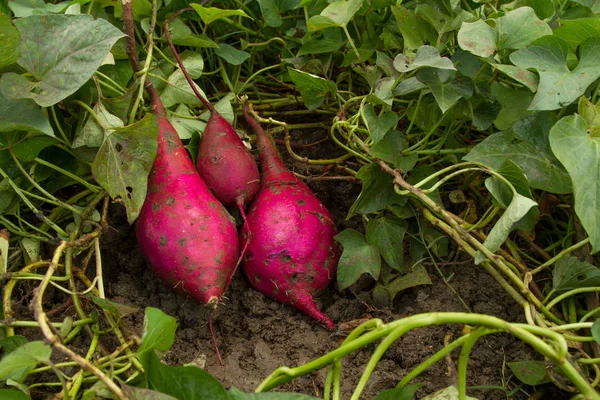
There are 3 major types of sweet potato in Kenya, Orange, white and purple sweet potato.
- Orange Sweet Potatoes: Varieties like Beauregard, Covington, Garnet, and Jewel are commonly available in grocery stores and are known for their tasty flavour and large size.
- White Sweet Potatoes: While less well-known, white varieties have a cream-coloured interior and tanned skin. They have a slightly different taste from orange-fleshed varieties but work well for baking and frying.
- Purple Sweet Potatoes: There are two main varieties of purple types. Stokes Purple has purple skin and purple flesh, while the Okinawa variety has white skin and purple interior. Purple sweet potatoes are known for their higher nutritional content and are great for baking and mashing.
How do you choose the best Sweet potato seeds?
As highlighted, Kenya has over 30 varieties of sweet potatoes. How does one choose the best, to help you, we have given you seven factors for you to consider in your choice. They are suitable to AEZs, market demand and resistance to diseases, pests and drought among other factors.
- Suitability to Agroecological Zone; Sweet potato varieties are adaptable to different agroecological zones in Kenya. The recommended cultivars for specific zones include;
- Kemb 10 and SPK 004 for most areas of the country.
- KSP 20, KSP 11, and CIP 420009 for dry areas.
- SPK 013 for the Western zone including the Lake Basin.
- Kemb 23 and Ex-Diani for Central and Coastal lowlands.
- Mafuta for all sweet potato-producing areas.
- Resistance to diseases. Choose sweet potato varieties that are resistant to diseases such as SVPD or Alternaria blight. They will be cheaper to produce and have higher yields
- Drought Resistance: KSP 20, KSP 11, CIP 420009, SPK 004, and Kemb 10 are sweet potato varieties that are suitable for dry areas or are drought-resistant in Kenya.
- Intended Use; Some sweet varieties are more suitable for fodder to feed animals. Others are best farmed to get tubers for fresh consumption
- Market demand: If you are growing sweet potatoes for commercial purposes, choose what to grow based on skin flesh and vine colours. Taste, flavour, size, and texture are other considerations. As a rule of thumb, only grow what the market needs.
- Yield Potential: Always choose the most productive seed variety for your region. It will give you the highest harvests and profits.
- Maturity Period: Grow the sweet potato variety that takes the least time to mature and harvest.
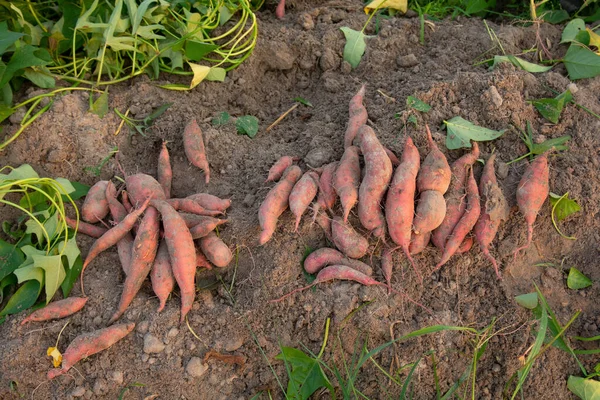
Which are the top sweet potato varieties in Kenya?
Below we highlight the very best sweet potato varieties available in Kenya. The table highlights the best varieties based on yield, performance, maturity, culinary values, and tolerance to pests. For more varieties see the external links after the post.
| Variety | Maturity (months) | Tuber yield (100kg bags/acre) | Skin colour | Flesh colour |
| “Enaironi” | 3-4 | 65-70 | White | Orange |
| “Ex-Simba “ | 3-4 | 70 | Red | White |
| “Kanchwere “ | 6-7 | 40-50 | Red | Orange |
| “Kemb 10 “ | 3-4 | 70 | White | Cream |
| “Kemb 20” | 4-5 | 75 | Red | White |
| “Kemb 23 “ | 5-6 | 90 | White | Cream |
| “Kemb 36 “ | 5-6 | 35 | Red | White |
| “KSP 20 “ | 3-4 | 95 | Red | White |
| “KSP 47 “ | 3-4 | 70 | Red | Light Orange |
| “KSP 72 “ | 3-4 | 70 | Red | Light Orange |
| “KSP 84 “ | 3-4 | 70 | Red | Orange |
| “KSP 154 “ | 3-4 | 70 | Red | Orange |
| “NASPOT” | 3.5-4.5 | 80-90 | Light brown | Orange |
| “SPK 004” | 3-4 | 80 | Light brown | Orange |
| “Tainung “ | 3-4 | 80-90 | Light brown | Orange |
SPK 013
This variety is recommended for the Western zone, including the Lake Basin. It has a white flesh and is resistant to sweet potato virus disease (SPVD) and Alternaria blight. SPK 013 is also tolerant to drought and has a high yield potential of up to 20 tons per hectare. It is suitable for both fresh consumption and processing into chips and crisps.
- Optimal Altitude range (MASL): 1200-1400
- Maturity Period (months): 4-5
- Tuber Yield (T/Ha): 21-35
- Low underground stability
KSP 20
Commonly known as Wanjugu, the KSP 20 variety is suitable for dry areas. It has a white flesh and is resistant to SPVD and Alternaria blight. KSP 20 has a high yield potential of up to 25 tons per hectare and is tolerant to drought. It is suitable for both fresh consumption and processing into chips and crisps.
- Optimal Altitude range (MASL): 250-1750
- Maturity Period (months): 3-4
- Tuber Yield (T/Ha): 20
- Red skinned
- Hight carotene Levels
Kemb 10
This variety is suitable for most areas of the country. It has a white flesh and is resistant to SPVD and Alternaria blight. Kemba 10 has a high yield potential of up to 25 tons per hectare and is tolerant to drought. It is suitable for both fresh consumption and processing into chips and crisps.
- Optimal Altitude range (MASL): 1300-2000
- Maturity Period (months): 3-4
- Tuber Yield (T/Ha): 16-25
- High yielding
SPK 004
This variety is suitable for most areas of the country. It has a white flesh and is resistant to SPVD and Alternaria blight. SPK 004 has a high yield potential of up to 20 tons per hectare and is tolerant to drought. It is suitable for both fresh consumption and processing into chips and crisps.
- Maturity Period (months): 3-4
- Tuber Yield (100kg/acre): 80
- Light brown skin colour
- Orange flesh colour
Kemb 20
This variety has a yellow flesh and is suitable for most areas of the country. It is resistant to SPVD and has a high yield potential of up to 25 tons per hectare. Kemb 20 is also tolerant to drought and has a good storage life of up to six months. It is suitable for both fresh consumption and processing into chips and crisps.
- Maturity Period (months): 4-5
- Tuber Yield (100kg/acre): 75
- Red skin colour
- White flesh color
Kemb 23
This variety is suitable for Central and Coastal lowlands. It has a yellow flesh and is resistant to SPVD and Alternaria blight. Kemb 23 has a high yield potential of up to 25 tons per hectare and is tolerant to drought. It is suitable for both fresh consumption and processing into chips
- Maturity Period (months): 5-6
- Tuber Yield (100kg/acre): 90
- white skin colour
- cream flesh colour
Double-double
The double-double sweet potato variety was developed by KALRO in 2015. This variety is suitable for several regions in Kenya, including Kakamega, Western, Eastern, and North Rift regions. It has a short maturity period of 3-4 months and a high yield potential of 27 t/ha. The “Double double” variety is a dual-purpose variety, meaning that it can be used for both human consumption (roots) and livestock feed (vines). It is moderately resistant to SPVD, which is a common virus disease in Kenya.
- Maturity Period (months): 3-4
- Tuber Yield (T/Ha): 27
- Resistant to SVPD
- Multi-purpose production for food and fodder.
Jankaroti
The Jankaroti sweet potato variety is an orange-fleshed variety that was developed by KALRO in 2015. It is suitable for the Kakamega and Western regions of Kenya and has a short maturity period of 3-4 months. The JANKAROTI variety has a high yield potential of 28 t/ha and is rich in beta carotene, which is a precursor to vitamin A. It also has acceptable levels of dry matter content and is moderately tolerant to SPVD
- Maturity Period (months): 3-4
- Tuber Yield (T/Ha): 28
- Rich in Beta carotene
- Moderately resistant to SVPD
Namnyekera
The Namnyekera is a sweet potato variety a yellow-fleshed variety that was developed by KALRO in 2015. It is suitable for the Kakamega and Western regions of Kenya and has a maturity period of 4-5 months. The Namnyekera variety has a yield potential of 25 t/ha and is moderately resistant to weevil attack due to its deep rooting characteristics. It is also resistant to Alternaria, which is a fungal disease that affects sweet potatoes.
- Maturity Period (months): 4-5
- Tuber Yield (T/Ha): 25
- Rich in Beta carotene
- Moderately resistant to SVPD
Irene
The Irene 2019 sweet potato variety is suitable for altitudes between 1200-1800 masl and has a maturity period of 120-150 days. It is resistant to pests, including potato weevils, and diseases such as potato diseases. The Irene 2019 variety is also tolerant to virus disease. It has an oblong shape, purple-red skin colour, and a moderately sweet taste. The flesh colour is orange with yellow, and it has a dry matter content of 28.8%. Additionally, it has a high β-carotene range of 8300 µg/100g fwb
Best sweet potato Varieties for Fodder production
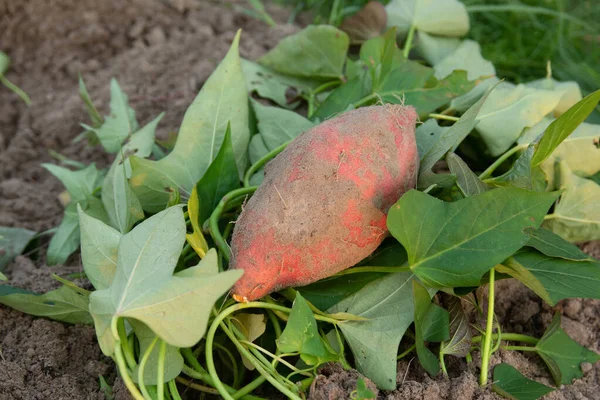
Sweet potato fodder varieties are grown specifically for animal feed. The vines and leaves of the sweet potato plant are a rich source of protein and energy for livestock, especially during the dry season when other sources of feed may be scarce.
The best varieties for foliage production in Kenya include mafuta, K117, Mwavuli, Musinya and Ex-Mukurweini. Below are the yield potentials of foliage for these varieties.
| Sweet Potato Variety | Foliage Yield |
| K117 | 23 t/ha |
| Mwavuli | 20 t/ha |
| Musinya | 90-95 t/ha |
| Ex-Mukurweini | 60-65 t/ha |
References
FAQS
How Else can Sweet Potatoes be cooked except by boiling?
Apart from boiling, Sweet potato can be mashed, roasted, baked or used in various desserts and baked goods like candied yams and biscuits. Finally, some varieties are most suitable for processing into chips, crisps and starch.
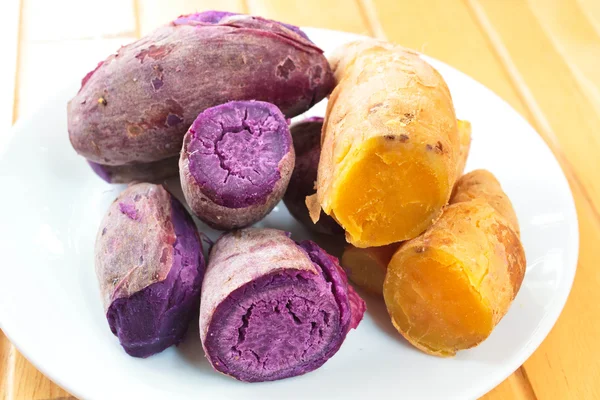


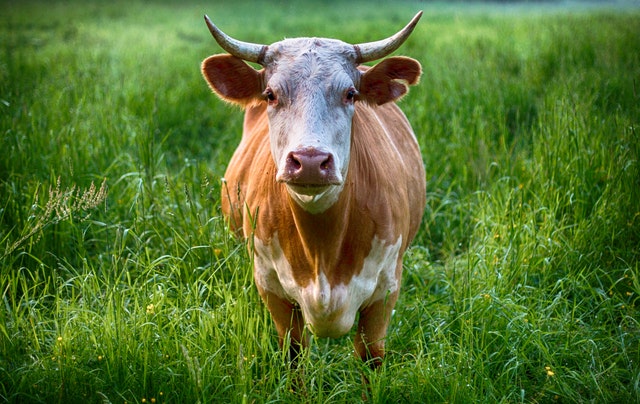
Am in sweet potato farming ,and itruly love the teaching of what ihave read in how to continue being abetter famer in sweet potato project’s thank you.